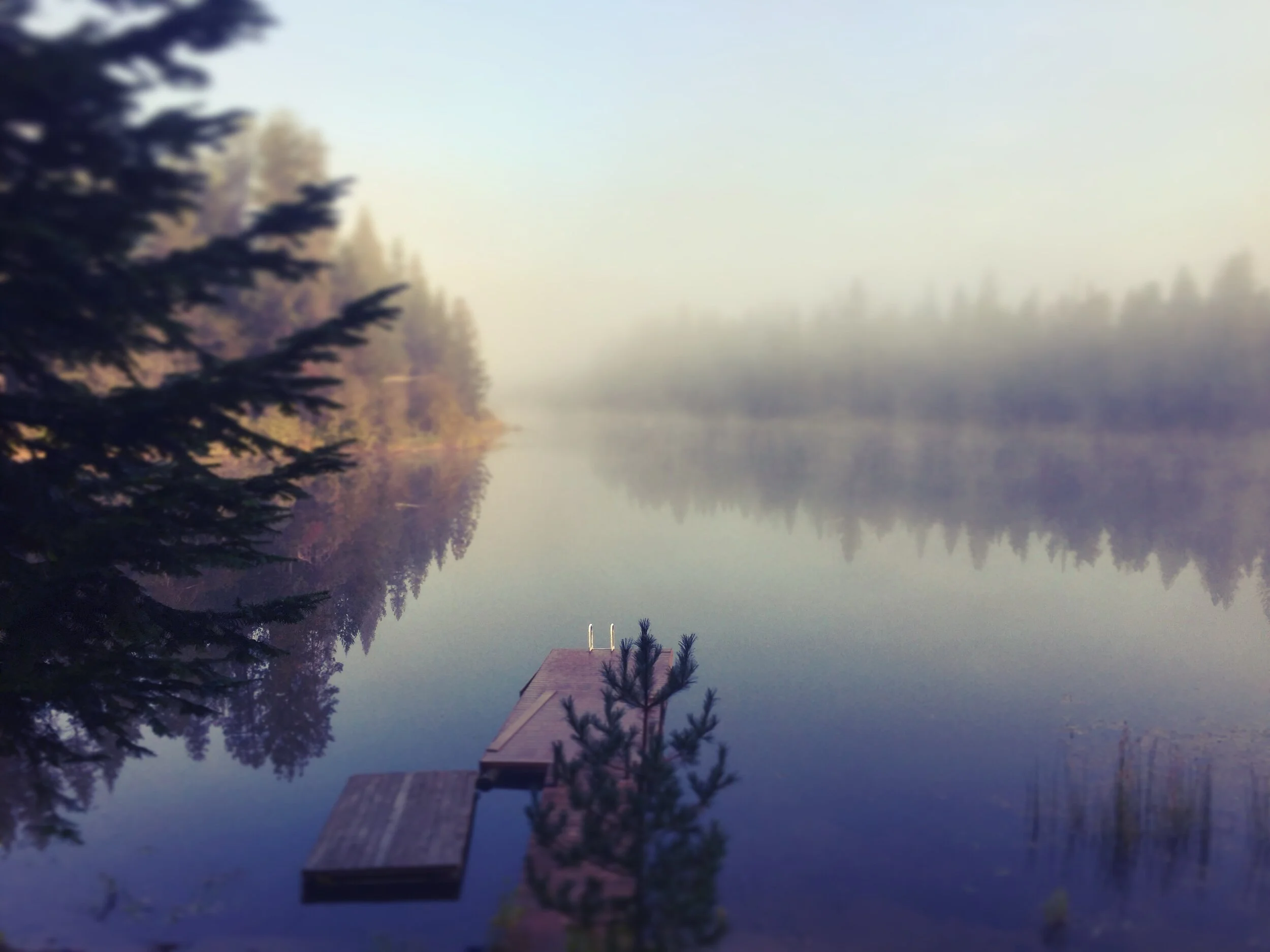I learned a strange life lesson this summer.
It was between 3 and 4 am. There was a warm breeze coming through the windows. We were both sleeping deeply. Then the smoke alarm in the bedroom began screaming at us.
We went all through the house—at least twice. We didn’t find any smoke or fire. No hot doorknobs. No unusual smells.
Then finally we looked at the alarm itself for answers. It expired over ten years ago.
It was a false alarm.
It was simply faulty wiring or a bad sensor. But the alarm didn’t know that.
This can be what it’s like after a trauma trigger.
The body has many ways of responding to trauma, but this is one of them: hypervigilance. Scanning for the emergency outside of your body, when it’s residual from a past experience.
And it’s frightening.
Years ago, this happened to me. I was in a crowded train station. There was a loud strange noise. The alarm bells sounded inside of me—so much that I couldn’t tell if there was actually an emergency. I looked toward the people around me for their response—they were all just going about their days. My body was trying to tell me something. It took me years to unravel all that ‘something,’ but the point is:
You are not alone.
Your body is telling you something. It may need help. You may not know the ‘how’ or ‘what,’ but I can help with that. This is a physiological, biological response.
It’s not your fault.
If you’re like me, maybe you need to hear it twice. This isn’t your fault. This is just your body reacting to something. And there is help out there so this doesn’t happen quite so often or strongly.
You can get better.
P.S. The life lesson I learned from the false alarm this summer was: when you move into a new place, maybe this isn’t the first (or hundredth) thing you do, but at some point, check your smoke alarms so you don’t end up with extremely expired faulty smoke alarms like me.
